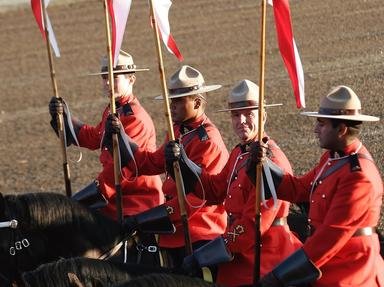Quiz Answer Key and Fun Facts
1. The Canadian motto is "A Mari usque ad Mare" which means from sea to sea. Before British Columbia joined Canada the motto was not strictly accurate. When did British Columbia join Canada, thus extending Canada from sea to sea?
2. Newfoundland was the last province to join Canada in 1949. What year did province's name officially change its name to Newfoundland and Labrador?
3. Canada consists of ten provinces and three territories, but initially at confederation there were only four provinces. Ontario and Quebec were two of these provinces. Which were the other two?
4. Canada has three territories. Before the creation of Nunavut the Northwest Territories was the largest territory, and Nunavut is the newest territory. In what year did the Yukon Territory join Canada?
5. One contributing factor that helped encouraged this province to join Canada was that each person (resident) would receive $50. Which province was the recipient of this unique confederation gift or bribe?
6. This area was considered to be too large to be one province, so two provinces were created. Which two provinces joined Canada in 1905?
7. In just over 130 years Canada expanded from 4 provinces, to 10 provinces and 3 territories. Over 60% (8 provinces and or territories) joined in the same month. Which month was the most popular month for joining Canada?
8. With the BNA Act Canada came into existence. Canadian confederation is based on what date?
9. When this province joined Canada in 1870 it was 1/18th the size of its modern day size. Which province because of its size at joining was called the "postage stamp province"?
10. Originally the national holiday that celebrated Canadian confederation was called Dominion Day. Canadians now celebrate Canada Day, in what year did celebrating Dominion Day end and Canada Day begin?
Source: Author
jojanne1974
This quiz was reviewed by FunTrivia editor
bloomsby before going online.
Any errors found in FunTrivia content are routinely corrected through our feedback system.
